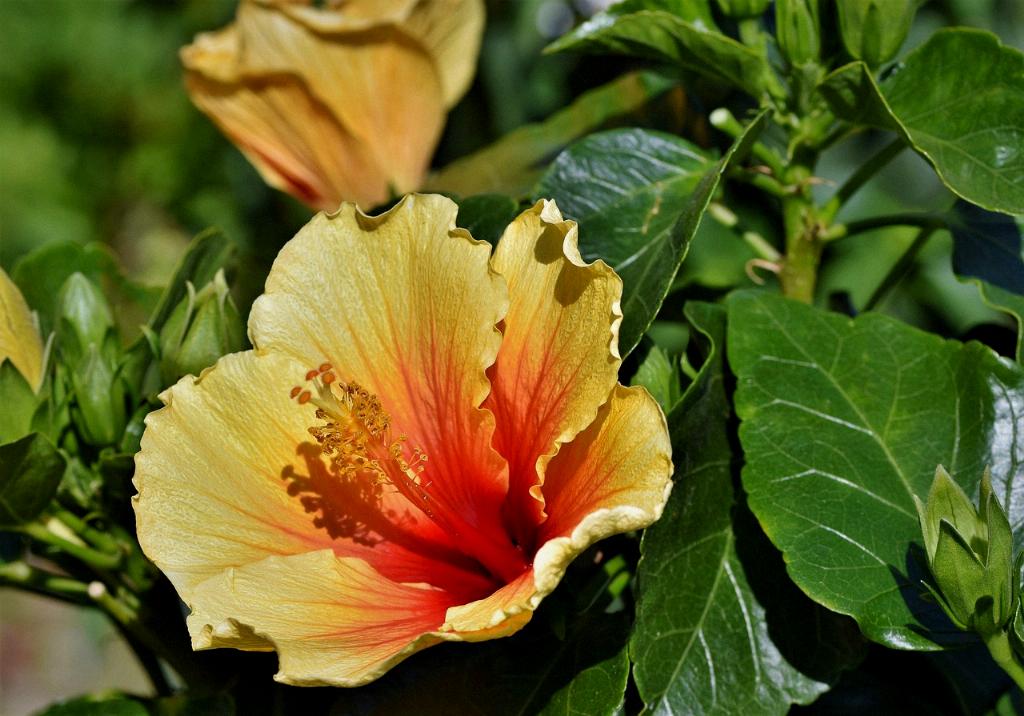Pruning your hibiscus plant is a task that should be done with careful timing to ensure the best results for the health and growth of your plant. Most pruning activities should be carried out in late winter or early spring when the plant is dormant and before new growth begins.
The Importance of Formative Pruning
Formative pruning is a crucial step in the care of young hibiscus plants. This type of pruning helps shape the plant and encourage proper growth patterns for a healthy and vibrant hibiscus.
Pruning During Planting
When you are planting a hibiscus, it is essential to remove any weak or damaged branches before planting. This initial pruning sets the stage for healthy growth from the start.
Trimming Young Hibiscus Shoots
After planting, it is recommended to use shears to shorten the remaining shoots, typically no more than two or three for young plants. This pruning process involves cutting back the shoots by at least half to stimulate branching and encourage fuller growth.
Keeping a Clean Cut
When trimming your hibiscus plant, it is vital to make clean and precise cuts to promote faster healing and reduce the risk of disease or pest infestation.
Removing Dead or Diseased Branches
Regularly inspect your hibiscus plant for any dead or diseased branches and promptly trim them to prevent the spread of infection and maintain the overall health of the plant.
Pruning for Shape and Size
Along with promoting healthy growth, pruning can also help control the shape and size of your hibiscus plant. By selectively trimming branches, you can shape your plant to suit your desired aesthetic preferences.
Encouraging Flowering
Strategic pruning can also help stimulate flowering in your hibiscus plant. By pruning back certain branches, you can encourage the plant to focus its energy on producing vibrant blooms.
Pruning Mature Hibiscus Plants
For mature hibiscus plants, pruning should focus on removing any dead or crossing branches, as well as maintaining the overall shape and size of the plant. Regular maintenance pruning will help keep your hibiscus healthy and flourishing.
Finishing Touches
After completing the pruning process, be sure to clean up any debris around the base of the plant and dispose of the trimmed branches properly. This final step ensures a tidy and well-cared-for appearance for your hibiscus plant.
Monitoring Growth After Pruning
Following the pruning of your hibiscus plant, keep a close eye on its growth and health. Regular monitoring will allow you to assess the impact of your pruning efforts and make any necessary adjustments to promote optimal growth.

Consulting a Professional
If you are unsure about how to properly trim your hibiscus plant or encounter any issues during the pruning process, don’t hesitate to seek guidance from a professional gardener or horticulturist. Their expertise can provide valuable insights and assistance in caring for your hibiscus.
